No doubt many of mankind's greatest inventions required years of patience, skill, frustration and research. But not all of them. Actually, quite a few of the things you use every day were created by accident. Pray tell, you say? We shall oblige:
Corn Flakes were supposed to prevent masturbation.

Anti-masturbation dieticians Dr. John Harvey Kellogg and William Keith Kellogg believed that a clean, healthy diet of plainer foods like cereal was key to preventing sexual urges. So, they began experimenting with granola as a non-stimulating replacement for the average diet. One day, the brothers left a batch of wheat unattended to go address some other matter. When they returned, the wheat was stale, but they attempted to roll it out anyway -- resulting in a flat, thin flake.
The Slinky was supposed to hold equipment on naval ships.
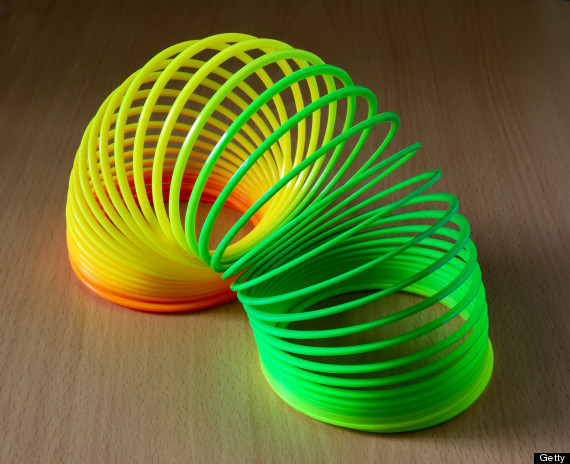
A navy engineer by the name of Richard James was working to create a meter to monitor the horsepower output of ships during World War II, when one of the springs used to stabilize the meter fell off the table and continued to "walk" away. The idea to make a children's toy out of the wandering spring came to him almost immediately, and in 1945 his first Slinky was complete.
Coca-Cola was supposed to be a medical remedy.
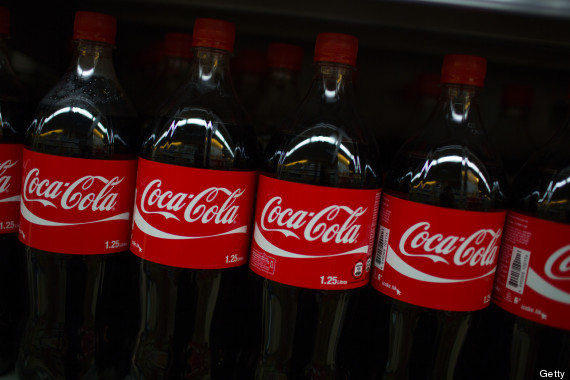
Desperately trying (and failing) to concoct a medical remedy for his headaches, pharmacist John Pemberton dumped together a bunch of ingredients into a kettle, in the process creating a recipe that still remains a secret today.
Post-it Notes were supposed to be a super adhesive.

In 1968, while trying to come up with a extra strong adhesive at the 3M company, scientist Spencer Silver managed to create just the opposite: a very weak adhesive that would peel off when removed from any surface. No one thought there was any use for such a product, until another scientist, Art Fry, realized that the little pieces of paper made great book marks for his church songs without leaving residue on the page.
Potato chips were the result of an angry chef.

You can thank one picky, dissatisfied customer in Saratoga Springs, N.Y., for the invention of this glorious snack food. In 1853, after a customer repeatedly sent his order of fried potatoes back to the waiter, complaining that they were too soggy and thick, the New York restaurant's chef George Crum was fed up, and so he took the request for a thinner potato quite literally -- cutting the potatoes into thin slices, frying them and covering them in salt. Behold, "Saratoga Chips."
Play-Doh was supposed to be wallpaper cleaner.

Play-Doh first originated as a wallpaper cleaner produced and sold by Noah McVicker's soap company, Kutol Products. Over time, the moldable substance became very popular among school teachers, who used it for classroom arts and crafts. Not until years later did the McVickers decide to re-market the product for children.
Champagne was bottled wine that didn't ferment properly.
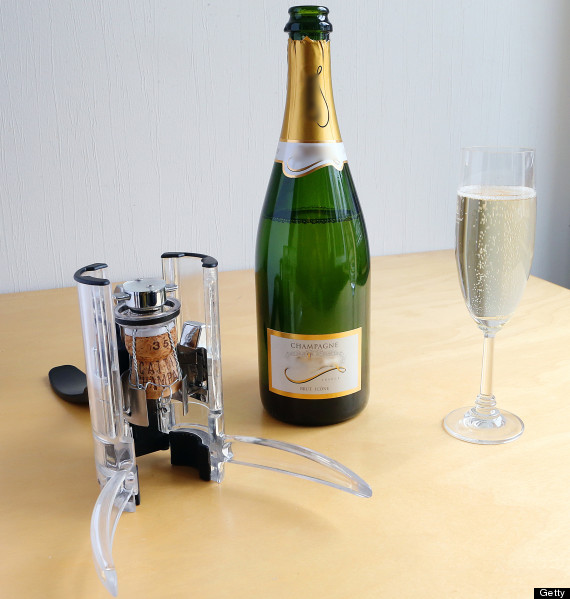
Who can actually take credit for originally inventing champagne has always been a topic of debate -- but it might actually have just been the weather. The climate was changing significantly during the 1490s, which had a dramatic effect on wine fermentation. Rather than the grape juice completely fermenting, the drop in weather caused the yeast to stop working too early and remain dormant until spring, when a second round of fermentation would take place. This gap ultimately led to the formation of carbon dioxide in the wine, or as we know it, the bubbles!
Kotex was supposed to be used for healing and dressing wounds during World War I.
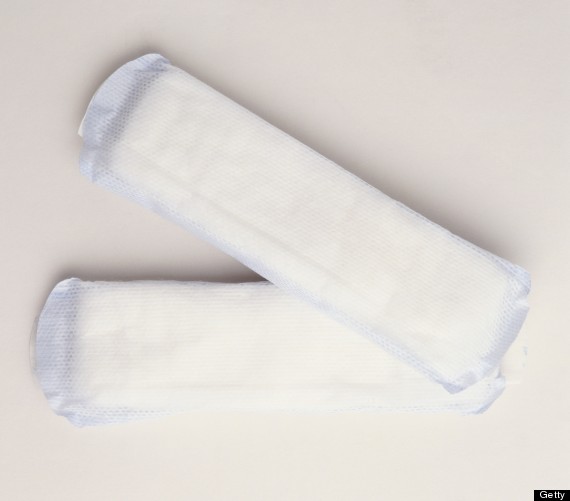
Originally known as "Cellucotton," these wadding pads were used during World War I to dress the wounds of soldiers. However, many Red Cross nurses found that the product also made great feminine care protection pads. In 1920, "Kotex" was born.
Artificial sweetener was discovered by a chemist who didn't wash his hands.

Perhaps one of the only times not washing your hands led to something useful? In 1879, after a long day of working with coal tar, chemist Constantin Fahlberg came home to have dinner with his wife without washing his hands first. While eating his meal, Fahlberg noticed that everything he put in his mouth had a very sweet taste, and discovered that the saccharin on his hands was responsible.
Chewing gum was supposed to be a natural latex.

Overwhelmed with frustration that his attempts to create a rubber replacement out of natural latex were unsuccessful, Thomas Adams put a piece in his mouth and noticed the flexible material was surprisingly very enjoyable to chew on. He began adding flavors and by 1888, the name "chewing gum" was coined.
Popsicles were supposed to be soda pop.
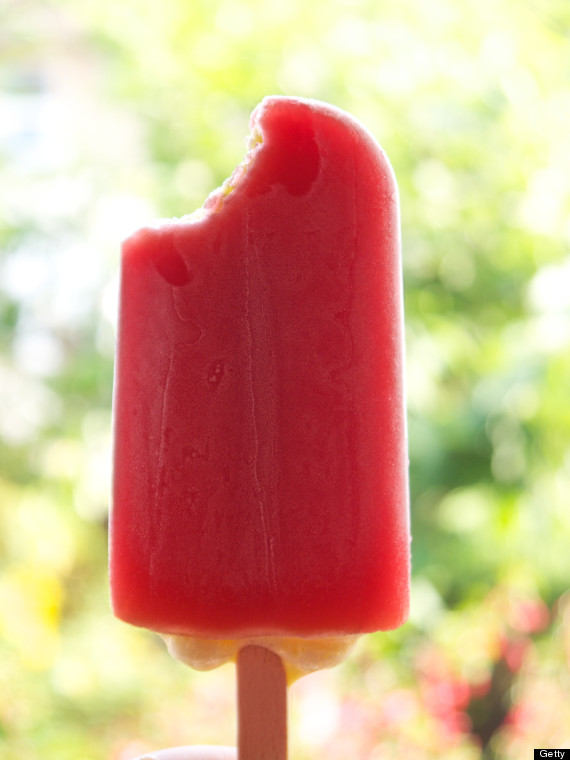
In 1905, Frank Epperson, then 11, was experimenting with different ways of making homemade soda pop when he accidentally left a batch sitting outside with a stir stick left in it. Temperatures dropped overnight, and the next morning he went outside to find the surprise frozen treat.
Chocolate chip cookies were a dessert recipe gone wrong.
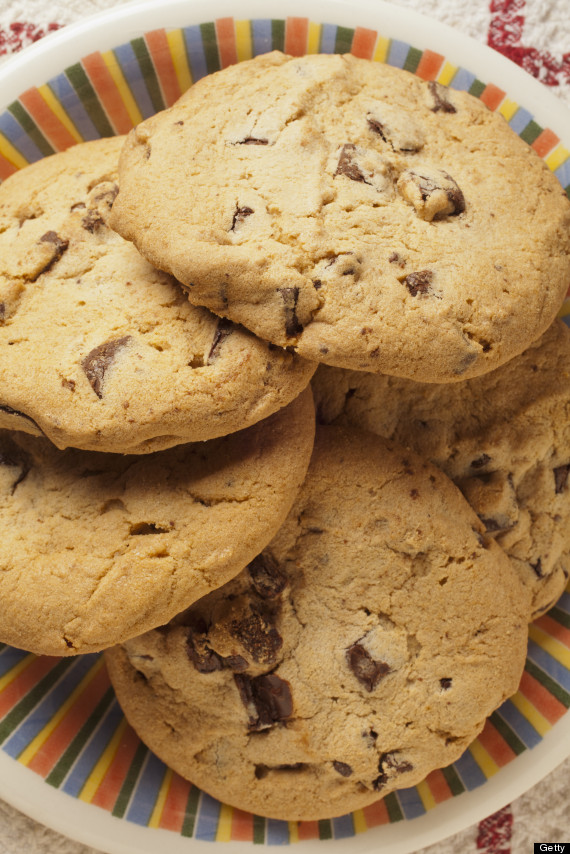
Never has a baking recipe gone so wrong, but so right. In 1930, Toll House Inn co-owner Ruth Graves Wakefield of Whitman, Mass., was baking a chocolate dessert when she apparently ran out of her regularly used chocolate and had to dump in Nestlé semi-sweet chocolate chips instead. The chips did not melt as planned, but Wakefield's disappointment did not last for long. In 1939, Nestlé introduced "Nestlé Toll House Real Semi-Sweet Chocolate Morsels."
CORRECTIONS: A previous version of this story incorrectly stated that the name "chewing gum" was coined in 1988 (it was 1888), climate changes that led to champagne occurred in the 1940s (it was the 1490s) and the popsicle was invented in 1904 (it was 1905). We regret the errors.